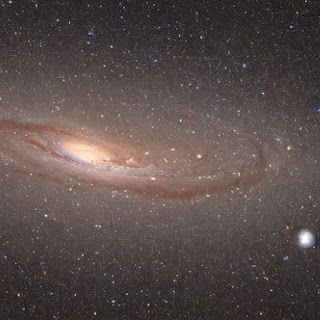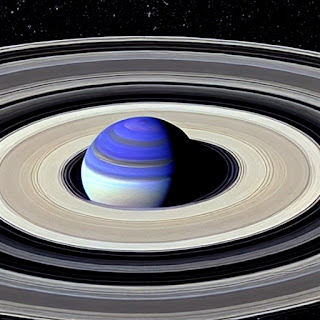Harnessing Electromagnetic Fields: Powering Our Modern World
From the gentle hum of an electric motor to the seamless connectivity of wireless communication, electromagnetism is the invisible force that powers our modern world. This blog delves into the fascinating realm of electromagnetic fields in technology, exploring how they are harnessed to drive innovations that have transformed our lives. **The Foundation of Electromagnetism** Before we plunge into the technological wonders enabled by electromagnetic fields, let's lay the foundation by understanding the basics. Electromagnetism is a branch of physics that deals with the study of electric and magnetic fields and their interactions. At the heart of this field are the four fundamental equations formulated by James Clerk Maxwell, known as Maxwell's equations. These equations elegantly describe how electric and magnetic fields influence each other and give rise to electromagnetic waves, including light. **Electric Motors: Transforming Electrical Energy into Mechanical Motion** One of ...












